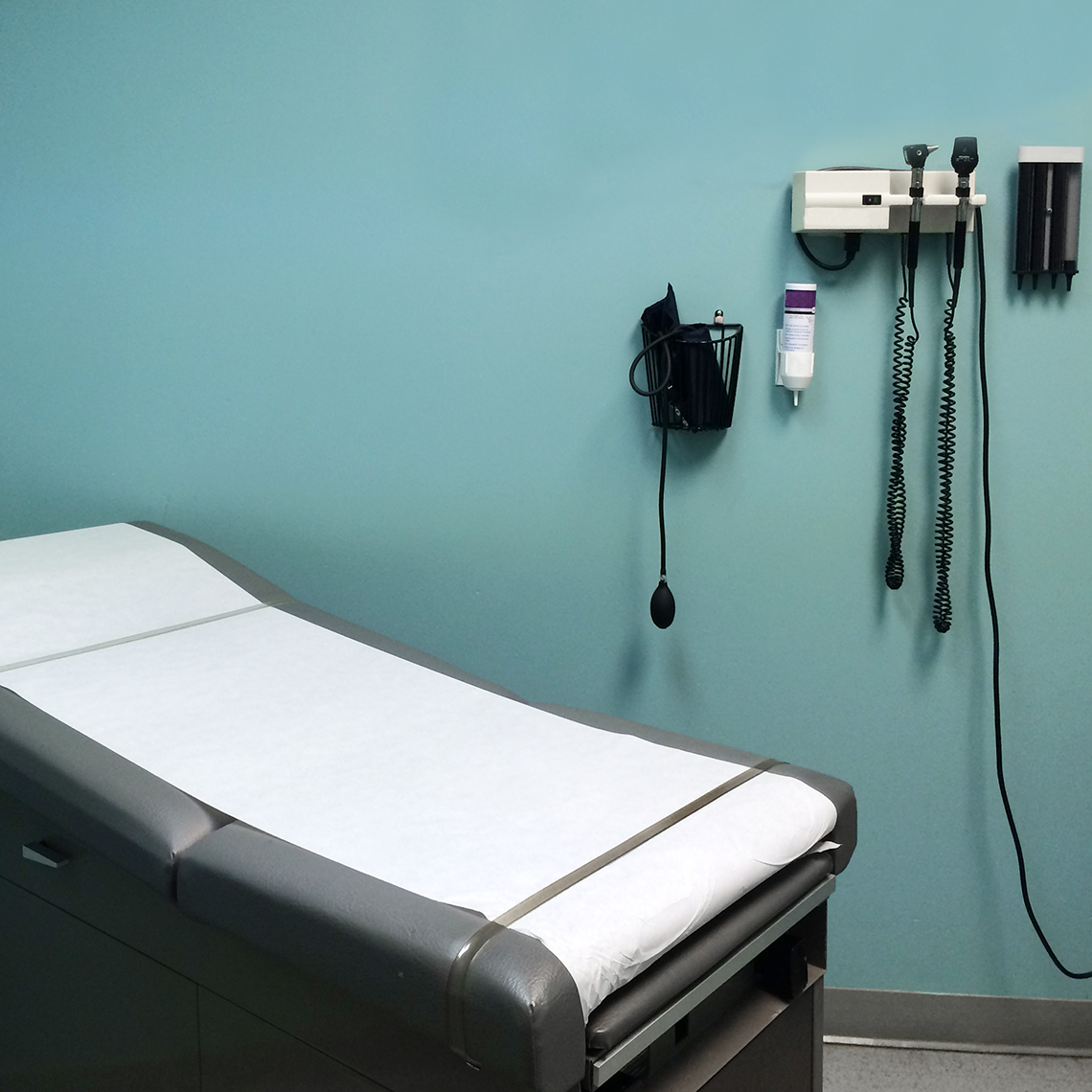Podcast
Primary Care Docs Try to Up Their Diagnosis Game
Sep 11, 2018

Commentators
- Marc Garnick, MD
- Jane Sillman, MD
Transcript
In primary care, the big worry is what you don’t know, what you don’t see…especially a life-altering diagnosis. The idea of missing something or finding out that follow up on a lab order or specialty consult fell through the cracks, can haunt providers. Nothing represents these concerns better than a claim from a patient or family that you failed to diagnose their cancer.
A recent review of professional liability claims from across the United States shows that diagnosis-related claims account for a higher percentage of dollar costs than any other category. Data from the CRICO Comparative Benchmarking System show that more than 85 percent of medical malpractice cases involving diagnostic failure occur in the outpatient setting. And nearly half of those involve a delay or failure to diagnose cancer.
“There definitely is a problem in this area. I think primary care physicians are under significantly more stress than they were back in 2010.”
Dr. Jane Sillman is an internist who co-directs a rare combined course, bringing together two of the major Harvard teaching hospitals in Boston, the Brigham and Women’s Hospital and Beth Israel Deaconess Medical Center. The one-day course, entitled “Best Medical Practices: Maximizing Skills, Minimizing Risk,” is now in its 8th year, and will be presented again on October 13th. Dr. Sillman says that primary care providers are looking for guidance on better real-time use of clinical guidelines. They also need to know about effective communication habits to prevent a missed diagnosis in their practice.
“Problems that can arise when communication isn’t good are that screening simply doesn’t happen in an optimal way because the patient doesn’t understand what’s expected of him, which is often because the communication on the doctor’s side is less than optimal. Or communication between the office and the patient may not be so good, so appointments that need to be made are not made. Or communication with the specialist could be not so good, so referrals that are sent out don’t get followed up on. So, all the way along the line, good communication is essential to reach the desired endpoint, which is that the patient gets successfully screened for the various cancers that are being looked at.”
A priority is to review the practice systems to ensure they reliably close the loop between the ordering of tests or specialty referrals and the return of that information back to the patient and doctor who ordered it. Additionally, Dr. Sillman says, a significant risk for a missed diagnosis is the lack of patient trust and misunderstanding the importance of cancer screening and follow-through with appointments. Dr. Sillman says it is important to listen closely to patients’ concerns. For instance, if a patient has a relative who died from colon cancer, the clinician can make a connection to the need for next steps for this patient.
“When you do that linkage, also, you’re also making it very clear that you have been listening to your patient, that you know who he is and what his concerns are. And that kind of discussion can help the patient build his own trust in you. And if the patient doesn’t trust the doctor, if the patient doesn’t think the doctor’s listening to him or doesn’t care about him, that is going to be potentially a disincentive to following up on anything.”
Dr. Marc Garnick is a co-director of the “Best Medical Practice...” course, and an oncologist. Dr. Garnick says that physicians don’t have to practice defensive medicine, just smarter medicine. This includes knowing how the current major clinical guidelines were developed and how to explain choices to patients in order to arrive at a decision.
“Number one is that the guidelines are constantly changing. So, for example, prior to 2012, a clinician was almost expected to explain and encourage PSA testing for their male patients over the age of 50 or 55. In 2012, the directive came from the United States Preventative Services Task Force that we give PSA screening a de-recommendation, which meant that we don’t even want you to recommend it because the test results in more harms than benefits. And then in 2018, they reversed their “D” decision based upon a “C” recommendation, now saying that there may be some benefits but they’re probably small, but you should at least have a shared conversation with your patient. So, the primary care physician trying to keep up with these things as part of a routine checkup, needs to be refreshed.”
Dr. Garnick strongly recommends that primary care clinicians also learn how to better document these cancer screening decisions: not necessarily documenting more, but documenting more effectively.
“Because in a court of law if it’s not documented, it didn’t happen. Despite the fact that at deposition or in a trial testimony, the physician swears on the Bible that in each and every one of their interactions this has been discussed. We also, in shared decision-making, the physician may or may not come up with a potential recommendation, but leaves it in the patient’s hands. And so that can be documented that ‘the pros and cons of lung cancer screening—and knowing that there are a large number of false positives that can lead to harm—has been discussed with the patient. And this particular patient who would qualify for a lung cancer screening CT scan has opted not to have the test.’ That documentation goes a long way if something untoward happens later on in that patient’s medical course.”
According to Dr. Sillman, the conversations themselves can be trickier than ever, because of time pressures and technology in modern practice. Although patients don’t like the distraction of a computer in the exam room, Dr. Sillman says one tip is to be direct about it:
“I think it’s very important to try to maintain eye contact as much as possible with the patient, where you’re looking at the patient, not at the computer. And when you get to a place where you do have to type, like when you’re putting in the orders, to be very upfront with the patient. Say, ‘Now, I’m going to be typing on the computer and I’m going to be putting in the orders that we need to carry out the plans we both discussed.’ So that even when the doctor’s doing that, the patient recognizes the obvious, that this is for the patient’s benefit.”
Registration for the one-day course, entitled Best Medical Practices: Maximizing Skills, Minimizing Risk, is available on the web at www.rmf.harvard.edu/bmp
About the Series
We’ve got you.
Our Safety Net podcast features clinical and patient safety leaders from Harvard and around the world, bringing you the knowledge you need for safer patient care.
Episodes
Paying for Patient Safety: Solving an ROI Puzzle
Teleradiology Leads Virtual Care Risk in New Study

New Study Finds Outpatient Adverse Events Common, Often Preventable

Taking the Pulse of a Clinician’s Interpersonal Skills


